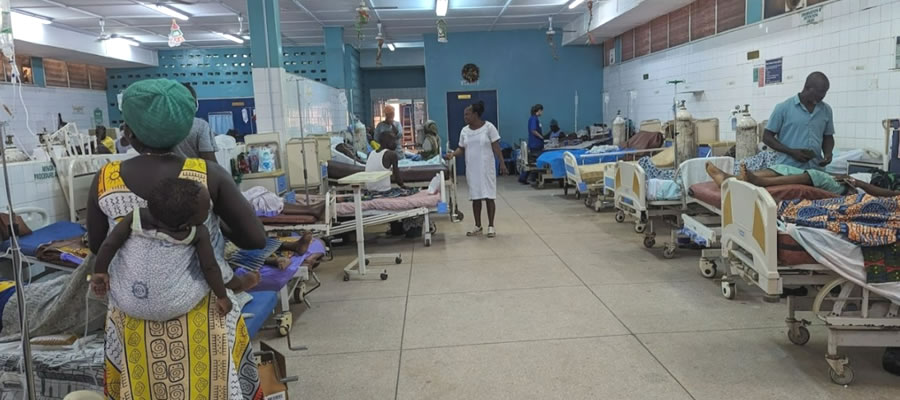

Information Communication Technology
Introduction
The rate at which Information and Communication Technology (ICT) is developing and its impact on socio-economic activities cannot be overemphasized. ICT has been defined to include the full range of electronic technologies and techniques used to manage information and knowledge. It is important to note that the use of ICT has been integrated into virtually every facet of commerce, education, governance and civic activity in developed countries and has become a critical factor in creating wealth worldwide. The development of ICT has been argued to provide opportunities for developing countries such as Ghana. The Government of Ghana both past and present and other agencies have over the years made several strides to develop the ICT infrastructure so as to bridge the technological divide between Ghana and the developed world (Opoku, 2004).
This chapter discusses the population 12 years and older, by mobile phone ownership, internet facility usage, households having fixed telephone lines and household ownership of desktop or laptop computers.
Ownership of Mobile Phones
Table 5.1 presents information on mobile phone ownership and internet facility usage among persons 12 years and older in the Amenfi Central District by sex as captured in the 2010 Population and Housing Census. The Table indicates that, out of a total of 44,749 people who are 12 years and older, 10,935 of own mobile phones. This forms 24.4 percent of the population in the district. A higher proportion of males (30.5%) than females (18.0%) own mobile phones in the district.
Use of Internet
The use of internet in the district is very low. As shown in Table 5.1, a total of 431 people representing just one percent of the population use internet services in the district. A comparison by sex indicates a relatively higher internet usage by males (1.5%) than the females (0.4%).
Household Ownership of Desktop or Laptop Computer
Table 5.2 has information on household ownership of desktop/laptop computers by sex of household head. The Table indicates that there are 14,207 households in the district. Nearly three-quarters (74.5%) of these households are headed by males while the remaining 24.5 percent have females as heads. Table 5.2 shows that 1.5 percent of the total number of households have desktop or laptop computers. It is also clear that a relatively higher percentage of the male-headed households (1.7%) own desktop or laptop computers compared to their female counterparts (1.0%).
Date Created : 11/21/2017 7:06:42 AM









 facebook
facebook
 twitter
twitter
 Youtube
Youtube
 +233 593 831 280
+233 593 831 280 0800 430 430
0800 430 430 GPS: GE-231-4383
GPS: GE-231-4383 info@ghanadistricts.com
info@ghanadistricts.com Box GP1044, Accra, Ghana
Box GP1044, Accra, Ghana